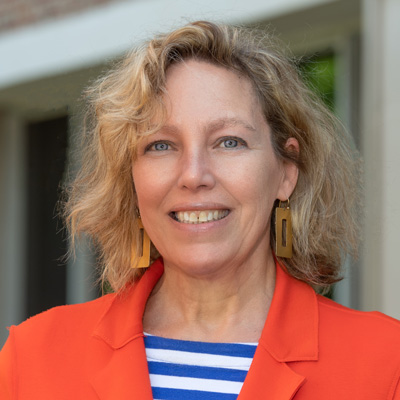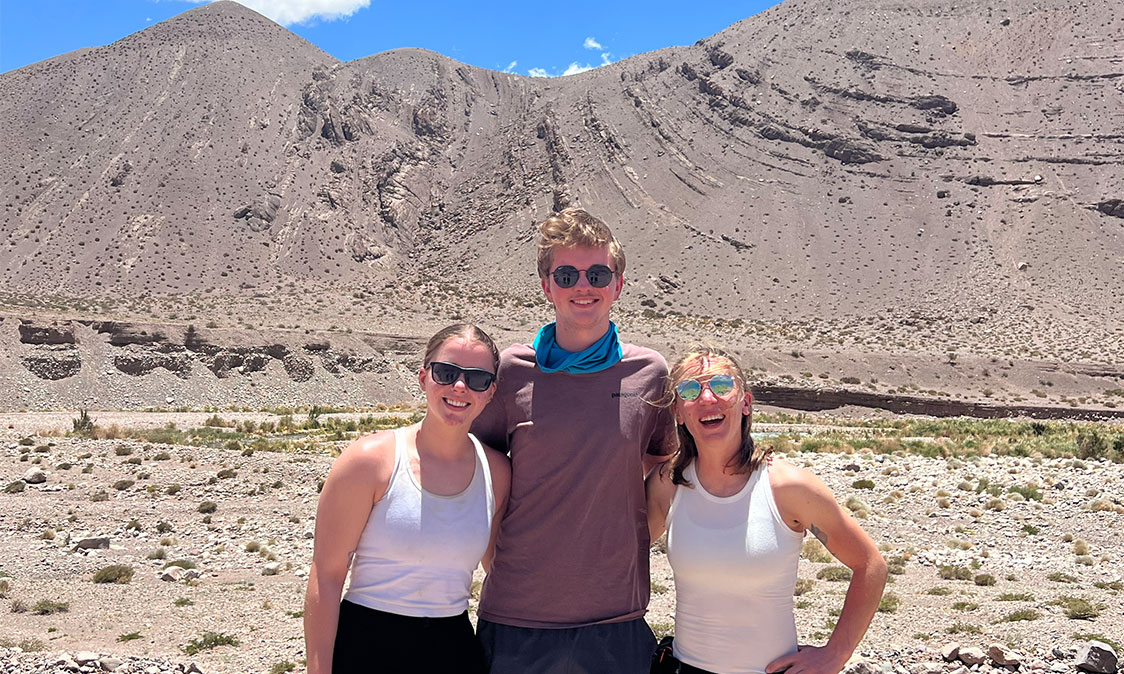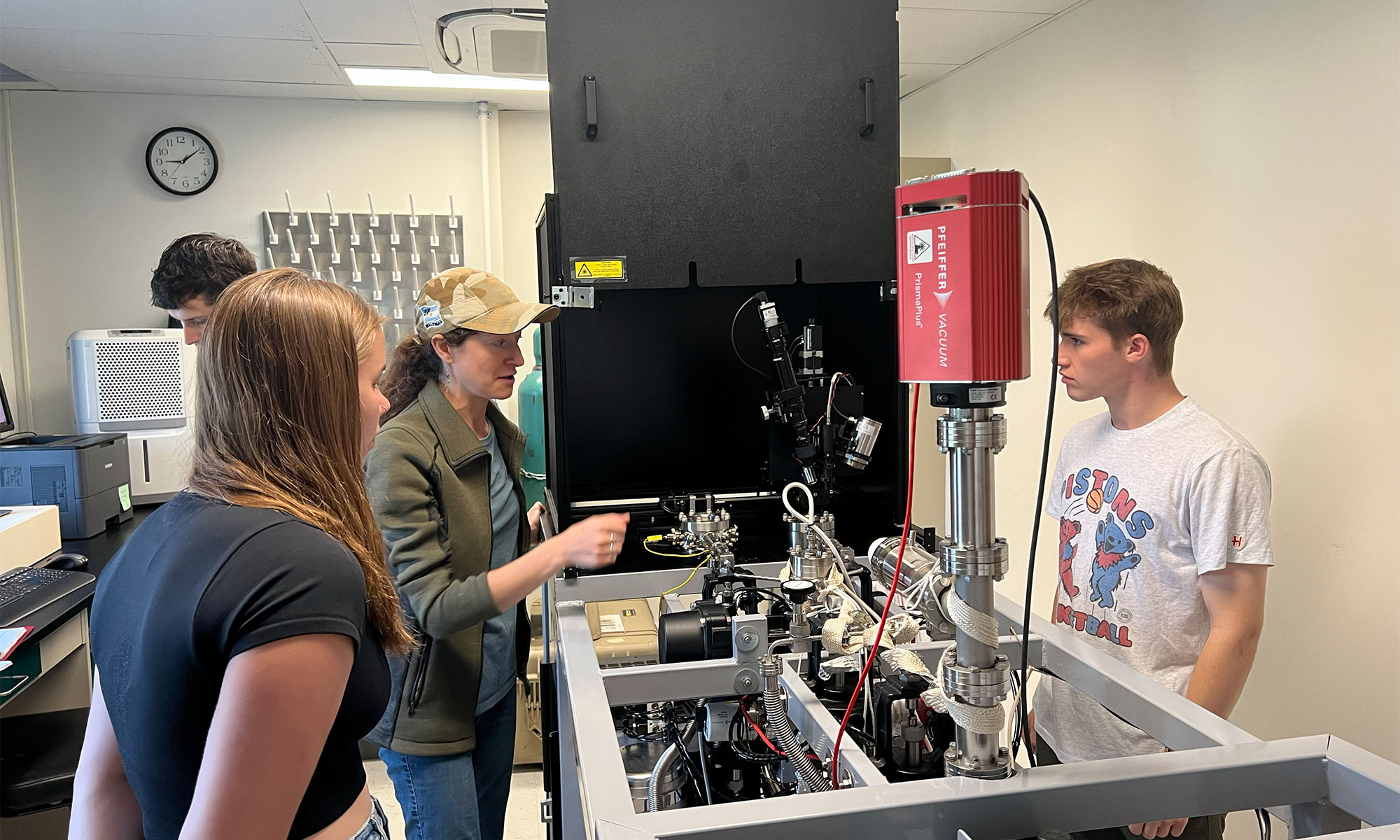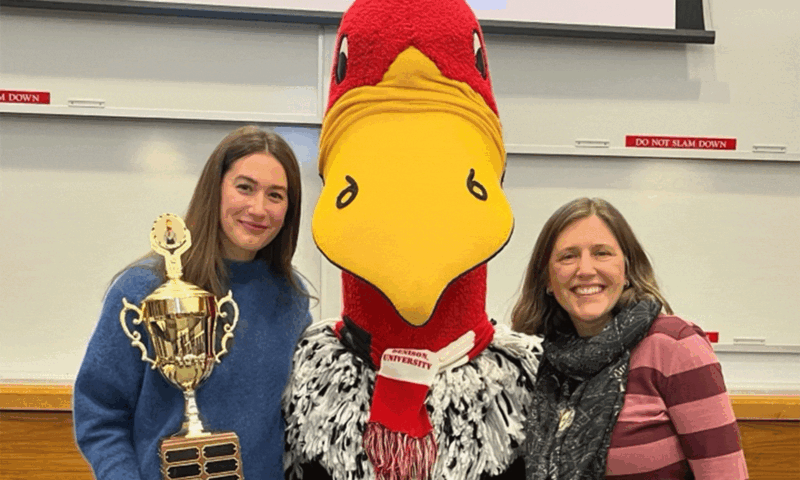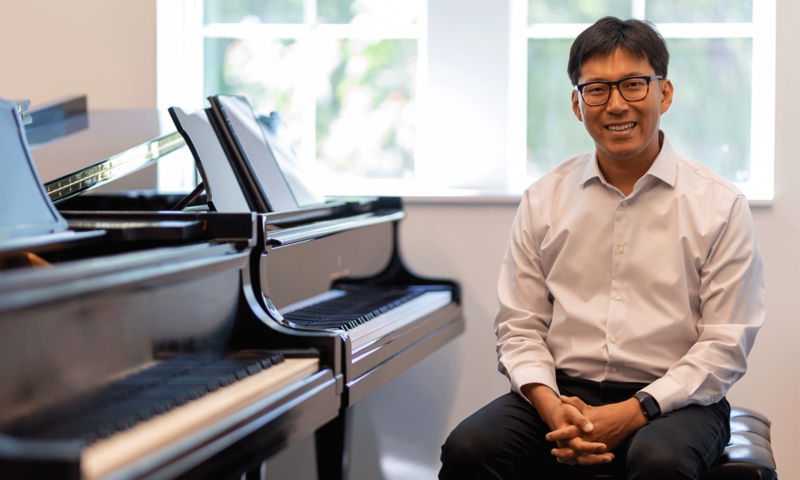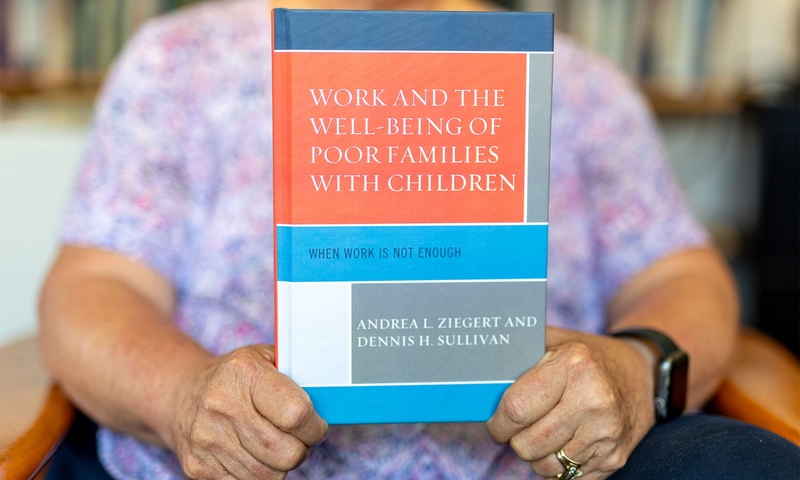When Chelsea Mackaman-Lofland first saw Mt. Rainier, she knew exactly what she wanted to do for her life’s work — learn everything there is to know about how such magnificence came to be.
After years on mountains and in classrooms, she engages that same passion when teaching her students.
Thanks to a grant funded by the National Science Foundation, in January 2024, she led a group of students up the Argentine Andes for a field research project that could ultimately help save lives. In the mountains that loom just outside San Juan, Argentina, they conducted research to understand the faults that generate such massive seismic activity.
In 1944, a 7.0 magnitude earthquake devastated the Pie de Palo region, killing 10,000 people and rendering one-third of the Argentinian population homeless. Other massive quakes shook the area in 1977 and 2021. “The most recent quake in 2021 was really deep underground; fortunately, no one was hurt,” Mackaman-Lofland says. “It’s critical that we understand where the faults are.”
Dean, Lehmann, and research mentor Chelsea Mackaman-Lofland cheesing in front of folded rocks attesting to the strength of the Earth forces driving uplift and earthquake activity in the Andes.
Scientists aren’t in consensus on the source of seismic activity in the region surrounding the Pie de Palo, which translates to “stump foot.” In fact, the two leading models of the geologic structures that cause all that seismicity are diametrically opposed.
Determining the age of the Pie de Palo mountains and comparing it to the ranges around it could be the key to solving the question. That’s what Mackaman-Lofland and her students are researching.
The group is helping to reconstruct the geologic chronology of the area using a series of innovative techniques for structural geologists. They are examining the sedimentary rock record, analyzing the seismic data, and dating when the rocks in the mountains arrived at Earth’s surface to determine how the mountains formed, and therefore, what faults with their related seismic hazards are involved.
Mackaman-Lofland has already logged many research hours in the Andes. Her graduate research advisor “took us to a spectacular field trip” in 2014, while the people she works with keep her coming back. “The community is amazing,” she says. “The local scientists are some of the best in the world, and it is a real privilege to work with and learn from them.”
And while she’s eager to help solve the Pie de Palo mystery, “I’m beyond excited about bringing students here.” The NSF grant funds a three-year project, which can encompass two or even three field seasons.
Students in Denison’s earth and environmental science program worked alongside a team of students and professors from the University of California, San Diego — co-investigators on the NSF grant. As the teams mapped and explored the area together, they built professional networks and gained field experience.
They weren’t always hammering at rocks. Mackaman-Lofland built in plenty of time for non-academic exploits. “We did some traveling and explored San Juan — and I wanted to make things fun, too. We even threw in some goat farming.”
Dean and Sam Morawski ’25 learn the ins and outs of thermochronology from lab head professor Julie Fosdick (center) at the University of Connecticut. Thermochronology is a radiometric dating technique that can determine the timing of cooling of a rock or mineral sample that can be used to date when a rock sample has been faulted and exhumed to the Earth’s surface.
About the NSF
The U.S. National Science Foundation (NSF) is an independent federal agency that supports fundamental research and education across all fields of science and engineering. In Fiscal Year 2022, its budget was $8.8 billion. NSF funds research in all 50 states through grants to nearly 2,000 colleges, universities, and other institutions.
Each year, NSF receives more than 50,000 competitive proposals for funding and makes about 12,000 new funding awards. This material is based upon work supported by the National Science Foundation under Grant No. 2242879.
Any opinions, findings, conclusions, or recommendations expressed in this material are those of the author(s) and do not necessarily reflect the views of the National Science Foundation.
